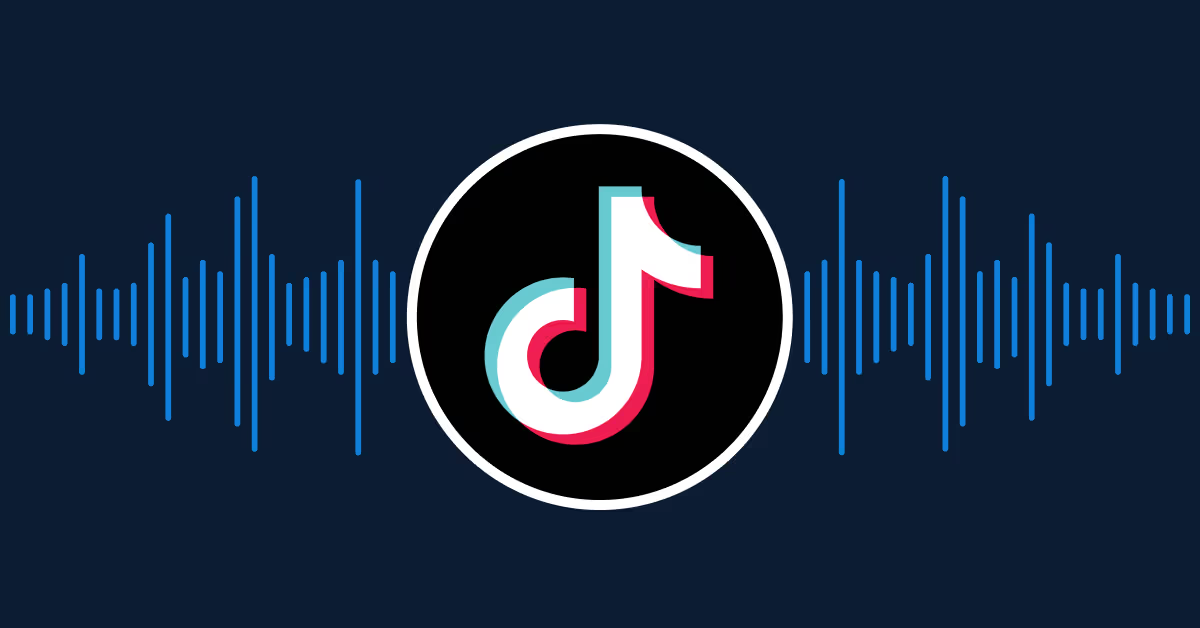How To: Create Alternate Versions of your Music
Let’s start with a practical exercise: open up your music streaming platform of choice and take a look at your liked or most-played songs. The odds are good that at least a few of them will have bracketed terms after them like (Radio Edit), (Slowed + Reverb), or (lo-fi version).
Modern audiences are hungry for variety, and alternative versions of your music – whether stripped-down acoustic one takes, club remixes, or live performances – allow you to deliver on that. And, in the long term, they can help you out by extending your track’s impact.
Better still, they allow you to experiment with your sound and dabble in different genres without the pressure of committing to a full rebrand. That’s a great way to build momentum, connect with diverse audiences, and keep listeners excited about your future direction.
Below, we’ll look at some of the tangible benefits of creating alternative versions of songs, as well as how to approach their creation, and get more life out of every track you create.
Benefits of Creating Alternate Versions
From remixes and collaborations, through to acoustic or live performances, alternative versions offer a range of advantages that musicians and bands can tap into. As you think about creating alternate versions of your music, consider the following:
Keep the buzz going
Alternative versions of songs can help to sustain interest and engagement, not only in the individual track itself but also as part of an EP or Deluxe version of an album. For proof of that, just look at how Lil Nas X’s remix of Old Town Road with Billy Ray Cyrus caught fire.
Different strokes for different folks
No two members of your audience are completely alike. Some might have a hidden love for dance music, while others might prefer an acoustic, stripped-back sound. By releasing different versions of your music, you cater to varied tastes and broaden your fan base.
Increase streams and discoverability
From a financial standpoint, every version of a track you create represents a new asset on streaming platforms. In addition to upping your income potential for each track, this also increases your chances of playlist placements. “beats to relax/study to”, here we come!
Explore new angles within your sound
Creating an alternative version of a track gives you the freedom to explore new sounds, arrangements, or instrumentations. You might end up inspiring a new direction, future project, or side project just by dissecting and re-assembling something you created.
Encourage greater organic reach
When a friend sends you a message like “have you heard X’s new track??” it’s often because it feels fresh or represents a departure from their usual sound. When you reinterpret your track as something unique or different, people are more likely to share.
Step-by-Step Guidance for Creating Alternate Versions
There’s a lot to think about when you’re working out which track(s) you plan to create alternative versions of, from technical and creative considerations through to budgets and scheduling. Check out the following for our thoughts on maximising your chances of successful remixing:
1. Assess your audience
Picture your typical listener and try to figure out what they might be into. Are they more into acoustic performances, electronic versions, or live performances? If you can’t figure it out, use un:hurd to analyse your audience data from their feedback and your previous releases.
2. Showcase your strengths
Identify what makes your music unique and think about how you might choose versions that amplify your best qualities. If you’re a strong vocalist, for example, consider a haunting Imogen Heap-esque vocal-focused version of your song with lots of intricate harmonies.
3. Don’t get carried away…
Not all alternative versions are created equal: some remixes and retakes require more time and/or money to produce. You might need new equipment or a skilled collaborator to create an electronica remix, for example, while live versions could require session musicians and a venue with great acoustics. Make sure your choices are realistic and within your budget!
4. Plan a release schedule
Think about how you plan to use alternative versions of your songs – will you use them to round out an EP you’ve been planning or space them out to keep your track in people’s minds (and ears) for longer? Try using the Release Cycle tool on un:hurd if you want to create a timeline for their releases, which is a great way to keep up engagement over time.
As chuffed as you might be with the finished product(s), you’ll likely get much more out of your alternate version(s) if you follow the steps above and strategically plan their release.
It’s tough to get noticed in the sea of new music that comes out every single day, but using remixes and other alternative versions of your songs is a great way to maintain momentum, reach a diverse set of listeners, and expand your fan base without the pressure of having to create an entirely new song from scratch every time you want to release something.
Ready to create alternative versions of your music?
Head back to the un:hurd app and check out our Release Cycle tool to plan how you’ll schedule your alternative releases and maximise your next track’s impact.
Not an un:hurd user yet?
Join thousands of independent artists who are using un:hurd to streamline their music marketing and maximise their impact. Sign up today!



